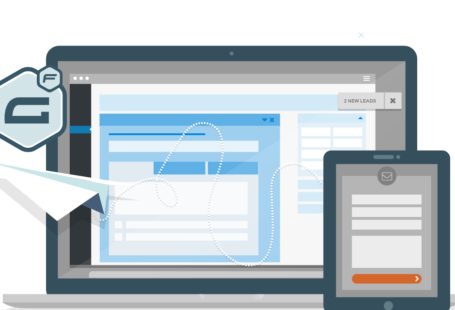In this blog post, we will explore the realm of FairPlay DRM, an influential digital rights management solution developed by Apple, and examine how it impacts the distribution of content. By delving into the intricacies of FairPlay DRM, including its advantages, challenges, and consumer perspectives, we can gain valuable insights into its significance within the digital content ecosystem.
Understanding FairPlay DRM
FairPlay DRM stands as Apple’s proprietary technology for digital rights management. It encompasses an extensive array of tools and technologies designed to safeguard digital media content, such as music, videos, and ebooks. By employing encryption and authentication mechanisms, FairPlay DRM provides robust protection against unauthorized copying, distribution, and piracy.
A noteworthy aspect of FairPlay DRM is its compatibility across various Apple devices and platforms. This ensures a consistent user experience within the Apple ecosystem, allowing content protected by FairPlay DRM to be seamlessly accessed on iPhones, iPads, Mac computers, and Apple TVs.
Benefits of FairPlay DRM for Content Providers
- Prevention of unauthorized copying and distribution: FairPlay DRM’s encryption and authentication mechanisms create formidable obstacles for users attempting to access and distribute content without proper authorization.
- Control over content usage and access rights: They can establish specific rules and restrictions, such as limiting the number of devices on which a user can play the content or setting an expiration date for content access. This level of control enables content providers to protect their intellectual property and maintain a sustainable business model.
- Secure content delivery and protection against piracy: Through content encryption, FairPlay DRM makes it exceedingly challenging for hackers and unauthorized individuals to tamper with or illegally distribute the protected content.
The Impact of FairPlay DRM on Consumers
- Limitations imposed by FairPlay DRM on content usage: A notable limitation is the restricted compatibility of FairPlay-protected content with non-Apple devices and platforms. Consequently, users without Apple devices may encounter difficulties accessing FairPlay-protected content.
- Compatibility issues for non-Apple devices and platforms: For example, certain content may be limited to a specific number of authorized devices, limiting its portability and flexibility. Additionally, FairPlay-protected content may be bound to specific platforms or applications, restricting users’ ability to freely transfer or share their purchased content.
Criticisms and Challenges of FairPlay DRM
- Concerns over consumer rights and fair use: Critics contend that DRM imposes unnecessary restrictions on how consumers can utilize the content they legally purchase, thereby limiting their freedom to create personal copies or access content across multiple devices.
- Potential impact on competition and market dynamics: FairPlay DRM operates exclusively within Apple’s devices and platforms, creating a closed ecosystem. This exclusivity raises concerns regarding anti-competitive practices and restricts consumer choice, as users become locked into Apple’s ecosystem to access FairPlay-protected content.
As an alternative, open DRM solutions have been proposed to address these issues in a more consumer-friendly manner. Open DRM solutions aim to strike a balance between content protection and consumer rights by enabling interoperability across different devices and platforms.
Real-world Instances of FairPlay DRM Implementation
To gain a practical understanding of FairPlay DRM’s implementation, we can examine its utilization in popular Apple services:
- Apple Music utilizes FairPlay DRM to safeguard music streams, ensuring that only subscribed users can access and play the content.
- Similarly, the iTunes Store incorporates FairPlay DRM to protect video content, preventing unauthorized copying and distribution.
These case studies exemplify the effectiveness of FairPlay DRM in enabling content providers to deliver digital media while safeguarding their intellectual property securely.
The Future of FairPlay DRM and Content Distribution
FairPlay DRM continues to evolve, adapting to shifting technological landscapes and industry demands. Apple consistently updates its DRM technologies to enhance content protection while addressing consumer concerns. However, the future of FairPlay DRM and DRM, in general, remains a subject of ongoing discussion and debate. As technology advances and consumer expectations evolve, striking a delicate balance between content protection and consumer rights will become increasingly vital.
Conclusion
FairPlay DRM has emerged as a prominent DRM solution within the Apple ecosystem, exerting a substantial impact on content distribution and piracy prevention. While it offers benefits for content providers in terms of content protection and control, it also imposes limitations on consumers in terms of compatibility and content usage.
As the digital content ecosystem continues to evolve, it is imperative to discover DRM solutions that strike a harmonious balance between content protection and consumer rights, ensuring that intellectual property is safeguarded while upholding consumer rights and enhancing the user experience.
Follow TechStrange for more!





